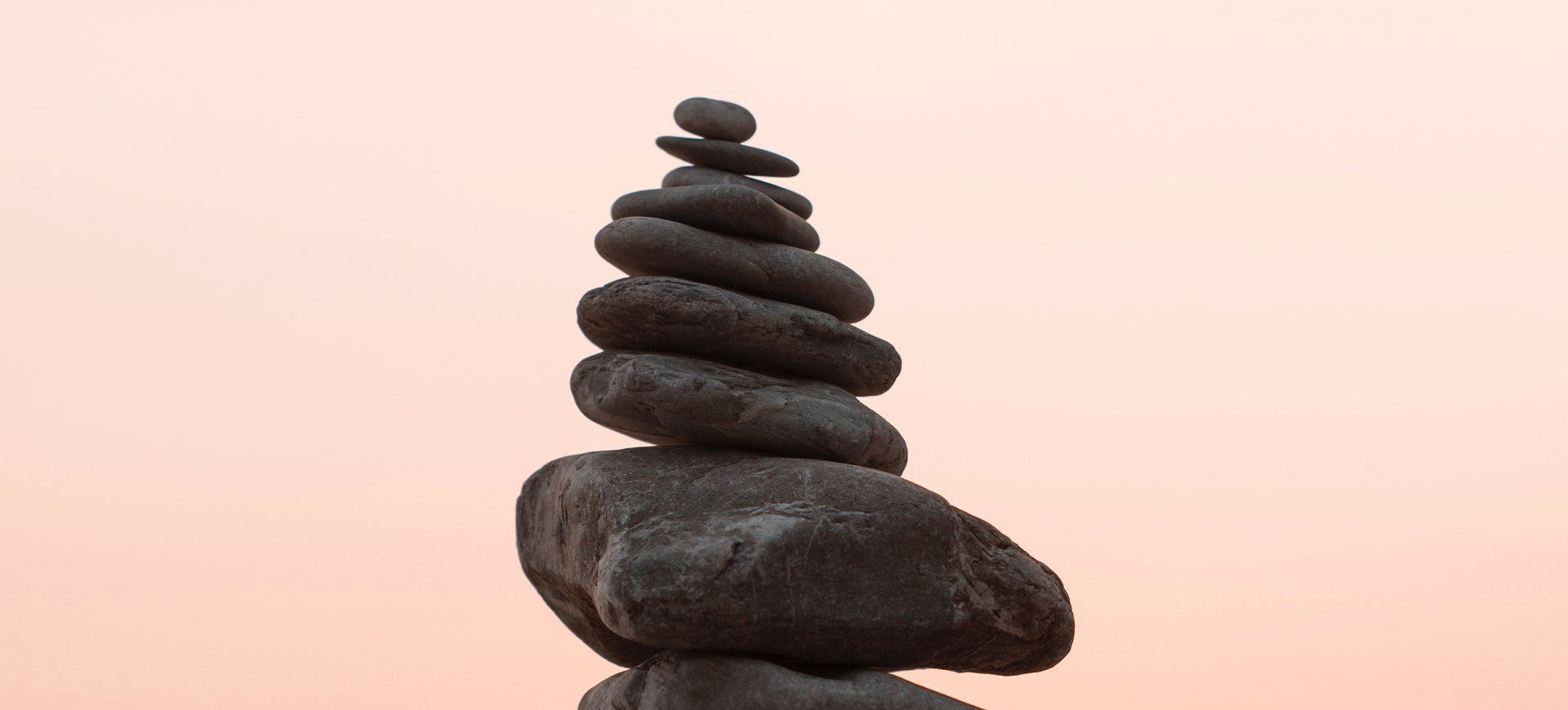
Finding the Balance Between Yoga and Work
After a long day of working as a teacher or studio owner, the last thing you may want is to hear the same yoga playlist, do the same poses you’ve demonstrated all day, or stay one hour longer in the studio. Teachers commonly go through a phase where their personal practice goes to the wayside, or ceases to exist altogether. Neglecting our personal practice, or replacing our practice with work, can lead us down a stressful path.
It’s safe to say that most yoga teachers did not get into the business of yoga for its financial benefits, so it’s important to maintain a personal practice to keep our love for yoga alive. Having a personal practice has numerous benefits for teachers and studio owners, allowing us to connect with our students and learn more about the practice that we teach. Many teachers would say that a personal practice is necessary, but it’s not always easy to maintain. Use these tips to balance yoga in your personal lives and yoga as your profession.
Lighten Your Workload If You’re Overwhelmed
Teaching an hour of yoga is not like working an hour in sales. Teachers require energy that will be given to students during the practice; holding space for each student as the class goes on can be exhausting in itself. Each class requires preparation and time to figure out how the class will feel on the body. Teaching dozens of classes a week can feel like too much...and for many teachers, it is!
This heavy workload is one of the top reasons why teachers may fall out of love with yoga temporarily. Putting too much on your plate will tip the scales in a dangerous direction, leaving little time or energy to put into your personal practice. Do not be afraid to say “no” to a client or a studio that is asking for too much. The less classes you have to teach, the more energy you can put into each class and student.
Set Personal Intentions for Your Personal Practice
There are certainly financial and work-related reasons to maintain a personal practice as a studio owner or a teacher. If you are so focused on how your yoga flow can help you at work, the real work will never get done. We all know that yoga is more than just our money-maker, so write down what you want to achieve for yourself while you practice. Let go of any intentions that will lead your mind back to work-related stress. Ask yourself what your body and your soul needs...not your coworkers or your business.
Don’t Push Yourself With a Regular Vinyasa Practice
If you are burnt out from work, it is normal to cringe at the idea of a challenging, vinyasa flow. At least once a week, remember to slow down, breathe, and replace your regular vinyasa flow with restorative poses. Collect your bolsters and your blocks and just sink into your mat.
A regular yoga practice does not have to involve sweating for an hour practicing inversions or challenging poses. A regular yoga practice does not have to involve the asana practice at all; remember that taking time to practice yoga could include focusing on svādhyāya (self-study), saucha (cleanliness), or performing karma yoga. Take time to engage in these other forms of yoga, and reflect on your experiences.
Leave Work at the Studio
Finding a balance can be especially hard for yogis because we cannot just shut down our work computers and leave our desk job when the clock strikes five. Many teachers have to be on call to substitute last-minute. Independent teachers may get emails from potential clients at all times of the day, and feel pressured to respond quickly.
If you have the ability to leave a separate phone or laptop at the studio after “clocking out,” do so. Taking the time to separate your home life and work life is essential for the sanity of any entrepreneur, and is the first step in balancing your personal relationship with yoga and your financial relationship with yoga.
If you are an independent teacher and work from home, set up an office or space where you can leave your planner, calendar, and emails from clients. Get in the habit of only answering work emails during a certain time of day, and use the other time to unwind and regain energy. Independent teachers and studio owners should take advantage of studio management softwares, like Momoyoga, that allow students to book classes and pay automatically. This type of software is a win-win: your students will still be able to access your calendar and get an automatic response about class times, and you can put your work aside once you “clock out” without losing any business.
Set Up a Space to Practice At Home
Taking two steps into the practice rooms may be convenient, but leaves you too close to the telephone, your coworkers, and your customers. Move your practice into a space that asks nothing from you. A study, office, or corner of your bedroom can be turned into a yoga space that you can retreat to at home, and remains separate from work.
However you decide to practice today, take a moment to thank yourself for your efforts and feel gratitude for what your body allows you to do. We are so lucky as teachers, entrepreneurs, and humans to be able to practice yoga! Namaste.








